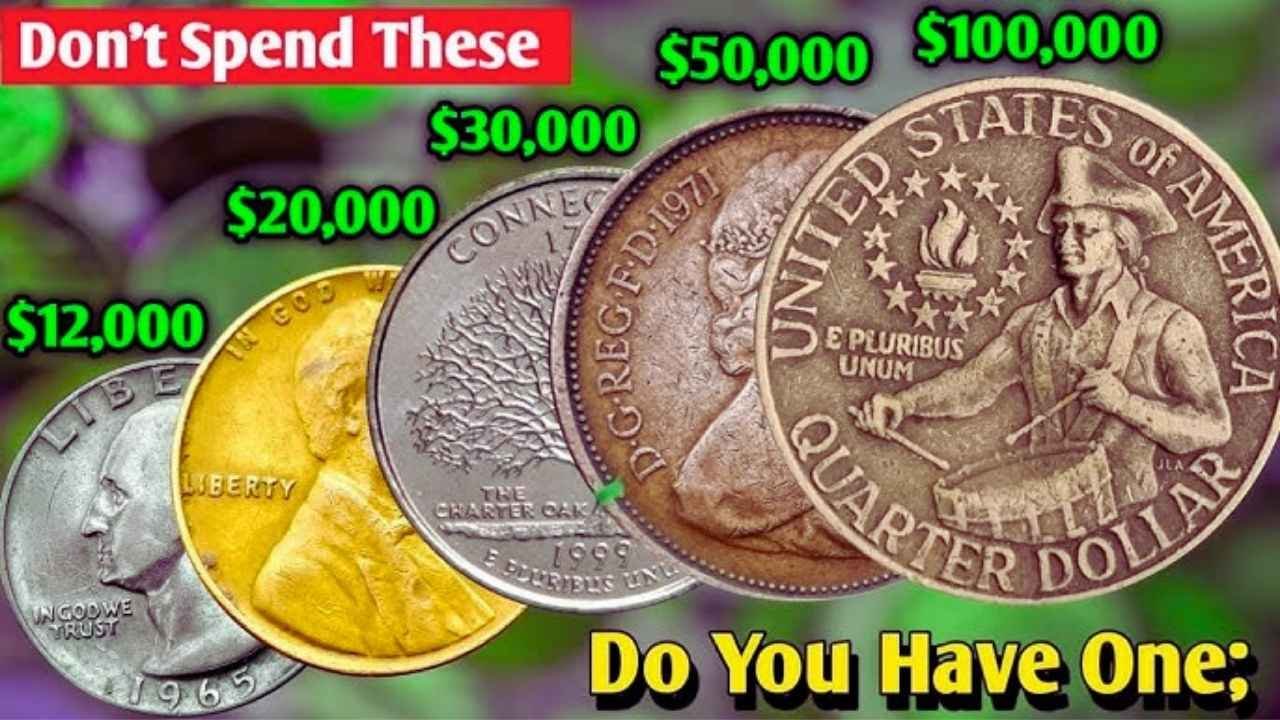Have you ever dug through your loose change hoping to find something special? Well, one old penny might just make you rich. The Lincoln Wheat Penny, first made in 1909 to honor Abraham Lincoln’s birthday, features the president’s face on one side and two wheat stalks on the back. Most of these pennies are worth just a cent, but some rare ones can sell for big money. Take the 1914-D version—experts say it can go for up to $49,000 in top shape. And get this: it might still be floating around in everyday circulation, waiting for someone like you to spot it.
The Story Behind the Lincoln Wheat Penny
This coin came out during tough times, right as World War I was starting. The U.S. Mint in Philadelphia made millions, but the Denver Mint only produced about 1.2 million of the 1914-D pennies. That’s what makes it so hard to find today. Back then, people didn’t think much about saving coins, so many got worn out from years of use. Over time, collectors started hunting them down because of their low numbers and historical tie to Lincoln. The design stayed the same until 1959, when it switched to the Lincoln Memorial on the back.
What Makes the 1914-D So Valuable?
The key is its rarity and condition. With such a small mintage from Denver, fewer high-quality ones survived. In average shape, it might fetch a couple hundred bucks, but if it’s in mint state with a nice red color, prices skyrocket. Collectors pay top dollar for coins that look almost new, without scratches or fading. Recent sales show some going for over $40,000 at auctions. To give you an idea, here’s a quick look at values based on grade:
| Grade | Approximate Value |
|---|---|
| Good (worn but details visible) | $150 – $200 |
| Fine (moderate wear) | $500 – $700 |
| Extremely Fine (light wear) | $1,000 – $2,000 |
| Mint State 60 (uncirculated) | $3,000 – $5,000 |
| Mint State 65 (near perfect, red) | $20,000 – $49,000 |
These numbers come from coin guides and can change with the market.
Is It Still Out There in Circulation?
Believe it or not, yes—though your odds are slim. These pennies were made over 100 years ago, and some could still be mixed in with modern coins. Stories pop up now and then about folks finding valuable old pennies in bank rolls or vending machine change. Since they’re legal tender, banks might hand them out without knowing. Experts guess a few thousand 1914-D pennies exist, but most are in collections. Still, if grandma’s jar of old coins hasn’t been checked, it might hold a surprise. Just last year, a man in California found one in his dad’s old toolbox, worth thousands.
How to Spot and Check a Potential Treasure
Look closely at any wheat penny from 1914. The “D” mint mark sits under the date on the front—if it’s there, you’ve got a candidate. Check for sharp details on Lincoln’s hair and the wheat stalks; blurry ones mean it’s worn and less valuable. Avoid cleaning it, as that can ruin the worth. Get it graded by pros like PCGS to confirm authenticity and condition. Fakes exist, so compare weight (about 3 grams) and size (19 mm across) to real ones. If it looks good, appraise it before selling at a coin show or online auction.
What This Means for Everyday Folks
Finding a $49,000 penny would be like winning a mini lottery, but even common wheat pennies add fun to coin hunting. It reminds us that history hides in plain sight, right in our pockets. So next time you get change, take a second look you never know what might turn up. Whether you’re a collector or just curious, coins like this keep the thrill alive in simple things.
